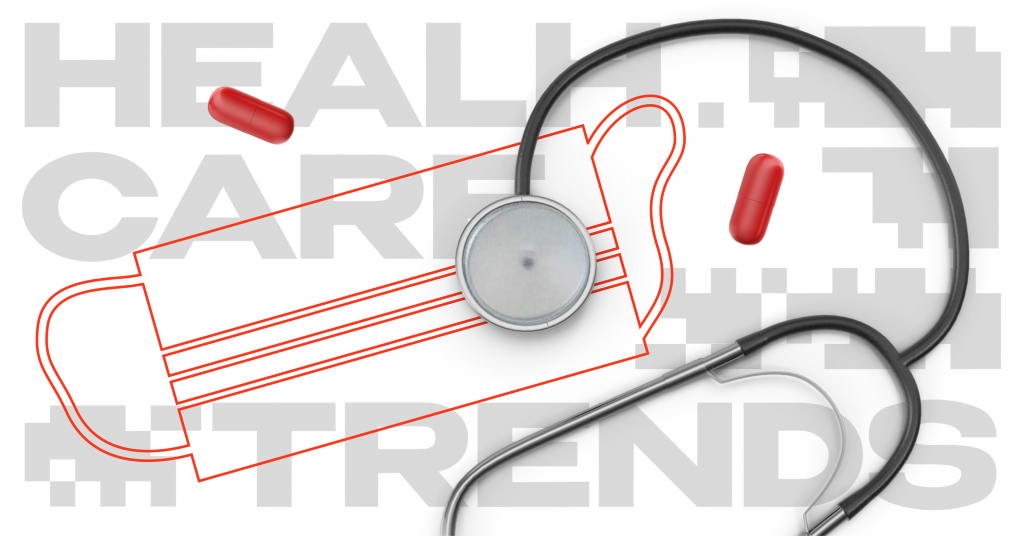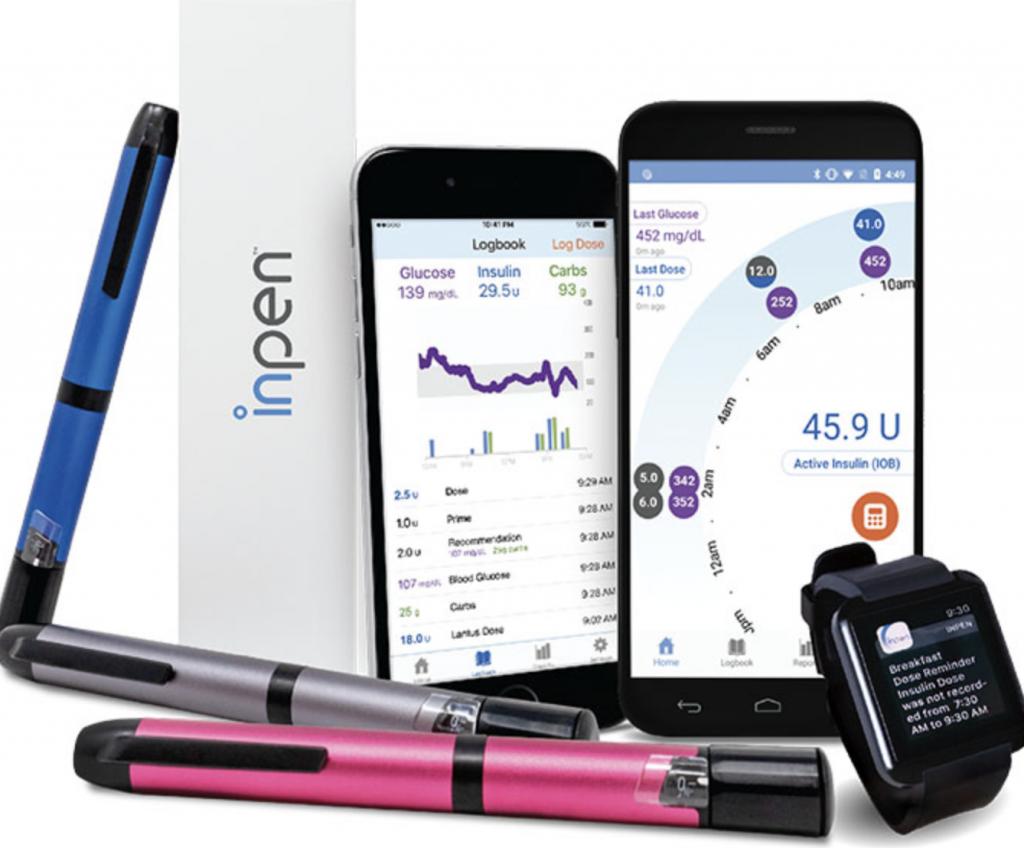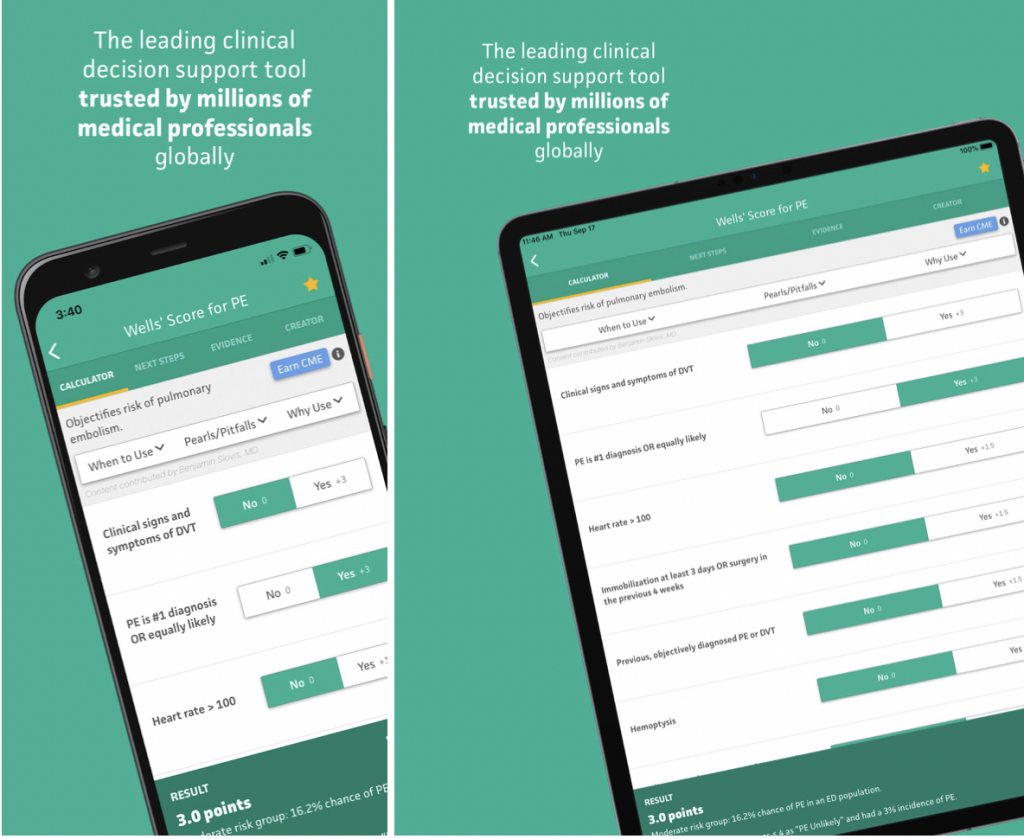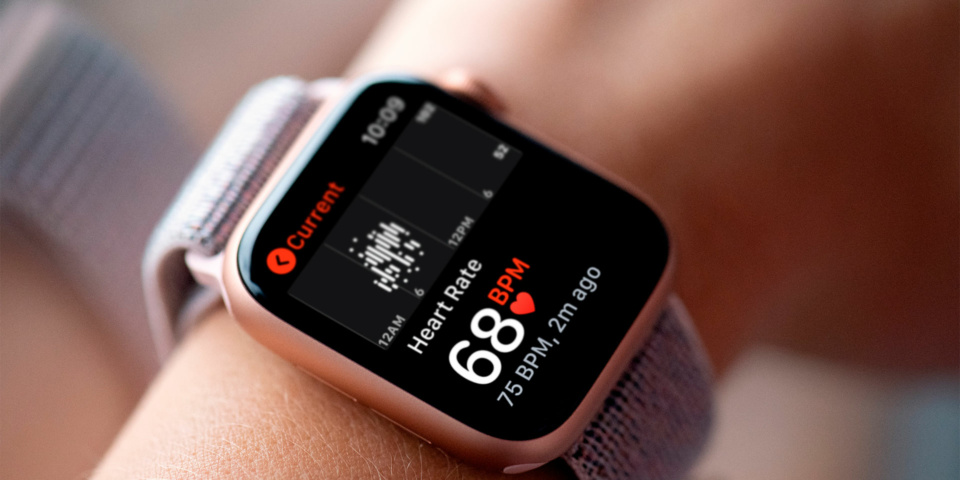Emerging Healthcare Digital Trends

Healthcare and technology are an essential part of everyday life, as they have been for many years. But what does the future look like? Innovations like telemedicine are here to improve healthcare worldwide while also reducing costs. IoT devices remotely monitor owners for early signs of illness or injury through video conferencing software that connects them with experts around the globe. Virtual reality surgical training allows trainees to practice any kind of operation. As you can see here with just a few examples of how innovation changes everything — not just our lives on the personal level: such technological advancement leads us to new never seen before medicine frontiers.
Healthcare is becoming more accessible. Innovative technologies for the healthcare industry have made it possible for companies worldwide to keep improving the quality of their services while also attracting investments from people who want to support these advancements.
No doubt, the process of collecting, analyzing, and sharing such information is not an easy task as it requires collaboration from stakeholders at all levels including local governments. But it is not impossible for sure.
In this article, we explore the latest healthcare technology trends and explain why they matter so much.
Latest healthtech trends
Health technologies are a range of various tools that have an impact on administrative productivity, ease overall workflow and enhance the quality of life while reducing costs for both parties.
They come in many forms from computer software that streamlines administrative tasks to vaccines that protect us against never-treated-before illnesses. New technologies would be able to provide supportive, therapeutic, preventive, educational, organizational, diagnostic solutions that greatly improve patient access and provider capabilities. The latest innovations such as virtual concierge services or AI have only just begun to take shape – we’re likely going to see more of them throughout 2022, especially the following ones:
Internet of Medical Things (IoMT)
The Internet of Things (IoT) has already been assisting us with tasks around the house, at work, etc. by connecting devices and allowing data exchange via the Internet.
With the booming medical IoT sector, there are more ways than ever to keep your body well-cared for. From wearable instruments to monitors that help us take better care of ourselves while being connected via apps on our smartphones or tablets, this technology has really come a long way in recent years.
AI-based IoMT provides innovative solutions like the smart inhaler which synchronizes with an app! Among various IoMT advantages, these are worth mentioning:
Face-to-face appointments reduction
The ability for hospitals to monitor a patient remotely and provide services based on the real-time updated info will lead them towards fewer offline visits. This would allow patients themselves, as well as their doctors/caregivers, to have access to such vital info in the most convenient way. Nowadays, we easily choose the preferred device that tracks some vital signs and measures the activity level. A win-win situation for both parties involved.
Lower costs for everyone
The health inequity situation is changing with the advancement in technology. It has led to an increase in affordable, accessible IoMT devices around the globe.
Moreover, technicians who are responsible for the correct work of the expensive equipment (i.e. MRI or X-Ray) would be able to receive alerts quickly if something breaks down or operates incorrectly. It would be possible with the implementation of IoMT tools that would instantly monitor the equipment, avoiding additional costs and time consumption. Moreover, clinics could optimize their spendings on supplies by utilizing sensors that track inventory. These innovative systems would save chemicals, disposable items (masks, gloves), or other resources. A Goldman Sachs report estimated that IoT approach could save $300 billion through better ways of practicing medicine.
Smart management of different conditions
With the accessibility of 5G along with smart tech industry development, people get more control over their health needs. For instance, smart insulin pens that offer not only a more user-friendly insulin delivery option but also track dosing data that is shared on platforms and integrated with other vital diabetes care information.

So, is it worth investing in IoMT solutions? Definitely, as numbers speak for themselves: the global IoMT market was valued at $44.5 billion in 2018 and is expected to grow to $254.2 billion in the next 5 years.
If you decide to move forward with this kind of startup, get ready to invest in the best cybersecurity solutions: everyone wants to trust providers so make sure sensitive personal information stored on IoMT devices is safe. Moreover, they must operate correctly without any lags or downtime, so doctors would not miss any critical details about someone’s condition.
This field may still lack trust due to these possible security issues, but with the increased investment and growth of new technologies like wearables or smart implants, IoMT will become an integral part of our lives very soon.
Customized Mobile Apps
Consumers are used to the seamless journey that a good mobile app offers. The medical sector is not an exception: with integrated EHR/EMR systems, a customized mobile app could become the essential point of contact between providers and clients. The power of mobile apps in this case is undeniable. They allow doctors to access important health-related data, furthermore, an app would become a convenient tool for teleconsultations and e-prescriptions with just a single tap. What are the main advantages of applications?
A useful tool for patients
With features like pill and care reminders, appointment management, or a physician selection, options are endless! Users also get quick assistance through remote services on demand, an internet connection is only needed. When choosing who’ll take over your health needs, there are many factors that go into consideration such as location, general info about a hospital or a particular specialist, etc. Users simply find all the important info along with doctor’s visiting hours to book an appointment right away. Many apps come with an extended filter that lets users choose a specialist based on education, experience, availability, and reviews.
Multi-purpose solution for doctors
There are also different types of monitoring in-app solutions that allow physicians access all sorts of information about their client’s health status at any given moment to quickly update treatment plans.
Such applications are a must-have for any professional who practices medicine: students utilize them to complete their education and training, while physicians find the app invaluable in communicating with patients effectively including video calls, chats, etc.

Constant access to vital info
A physician’s work is never done. They often require 24/7 accessibility to laboratory information, picture archives, and communication systems as well as electronic medical records to give urgent updates. These apps can be accessed from anywhere at any time whether you’re a trainee or a working specialist.
What do the statistics say when it comes to mHealth app market development? According to reports, it was valued at $8 billion in 2018 and will grow to approx. $111.1 billion in just 4 years. So, if you consider investing in it, cooperate with an experienced web and app development company with expertise in this sector.
Telehealth
The use of digital communication tools has been on the rise in recent years. As our current pandemic and further mandatory social distancing reduces face-to-face meetings, physicians have no choice but to adapt telehealth for better efficiency. It looks like this trend will only grow in popularity even when vaccines against coronavirus are available on most continents: surveys With a predicted growth rate reaching $185 billion by 2026, telehealth’s many advantages include:
Instant accessibility
We all want to have a seamless experience when scheduling appointments, getting treatment, or receiving advice on our routine. Telehealth is expected to grow into an irreplaceable component with instant access via smart devices that are always at hand.
Viruses spreading minimized
When it comes to serious chronic conditions that often require frequent checkups, doctors can spend more time with their patients online: they might not need as many visits since people are less likely to contract viruses in these circumstances.
Health inequities reduction
Expanded healthcare access is a huge step forward in the fight to reduce health inequities. It normalizes treatment for those who are vulnerable or lack transportation, making it easier for them to get diagnosed without wasting precious time.
Numerous benefits for hospitals
Fewer visitors, better quality care because there’s no need to transfer people around like in previous years, fewer germs are just a few of them. Hospitals can start saving money by closing unused floors since they’re only open during necessary occasions such as surgeries or medical emergencies.
Negative consequences risks reduction
In a world of constant change, especially in our post-pandemic reality, physicians have to stay in touch with patients so that they feel cared for and not abandoned. With constant communication between parties the risk of negative consequences decreases.
General industry reboot
The AHA has estimated that medical organizations lost $161.4 billion from the first few months of 2020’s lockdown, but telehealth could have helped them to recoup some of those losses by conducting primary care appointments remotely.
Now clients, who are physically unable or unwilling to meet their physician in person, would be able to do it online while hospitals would benefit from an increased visitors e-volume.
Virtual Reality and Augmented Reality
VR and AR are an integral part of our daily routine, with practical uses across many sectors. Not long ago they were limited to games, but today they offer so much more than just fun.
VR is an essential tool for surgeons, allowing them to explore potential surgical procedures in 3D without leaving their office. The immersive experience also helps people to prepare themselves mentally before they undergo surgery by providing a visualization of what actually happens during the procedure and eventually making it feel less scary. Why is VR/AR gaining such popularity in the industry? Thanks to:
Successful treatment of mental illnesses
Overcoming psychological challenges in a safe environment is possible: VR is utilized as an effective treatment for eating disorders, phobias (i.e. fear of height) because it allows people to feel psychologically threatened while they’re inside the computer screen without actually having any physical danger.
With an Augmented Reality headset the action is happening right in front of persons’ eyes, even if they understand that it is a simulation. It gives them a chance to overcome fears: such therapies have been shown to be highly effective in treating phobias, with studies reporting that it could reduce fears by an impressive 68%.
VR is among effective ways to manage hot flashes through cognitive behavioral therapy. It actually relieves pain by combating symptoms without any need for medication, thanks to meditative techniques.
VR-based trainings
VR is a revolutionary tool that can assist professionals in providing better services. A recent study showed how this immersive system helped health workers learn faster and complete tasks with higher accuracy, all while having an easier time remembering what they learned.

Improved communication
VR offers a cost-effective way to present healthcare proceedings in an immersive environment that reduces costs and risks associated with other methods. VR solutions help providers to create summaries, answer physician requests or pend orders as well referral letters.
VR/AR is the answer to many of our most pressing challenges, opening up new possibilities for medical professionals and patients alike. Not only does it have practical long-term benefits but with its immersive nature, VR can be an irreplaceable tool in education/training sessions and fighting against mental health issues.
Virtual Concierge
Virtual concierges are a great resource for many tasks. They answer emails, take phone calls, and schedule appointments with ease! Plus they’re always available when you need them most.
An AI navigation assistant helps to find a hospital or a doctor, book visits, screen for symptoms, or answer related questions, so you don’t have to worry about something while waiting for your appointment day.
The use of Virtual concierge is increasing as it impacts the level of patient satisfaction and their overall experience. The software allows organizations to upgrade their digital infrastructure and use a more personalized approach.
Voice Search
As voice search technology becomes increasingly popular, it is not a surprise that smart assistants are also influencing the way clients interact with providers and search for healthcare (i.e. specify a hospital location or illness symptoms).
A recent study has shown that people are ready to find information about their health needs through voice-search: more than a half of respondents are ready to use it frequently, the majority already ask Siri or Alexa about symptoms, and many people find out about treatment options in this manner.
Other uses may include buying medications, finding a doctor, asking for insurance coverage details, etc.
Continued Innovations in Infectious Disease Management
The world was shocked when COVID-19 quickly spread, and it then became clear to health professionals just how weak and unequipped the system was. Companies and startuppers from different countries started to develop various apps to help governments and related organizations with virus tracking. As the pandemic became a global problem, the number of great products was growing at a fantastic speed. Since then, we have been welcoming a lot of innovations, including:
AI-based disease analysis
Using AI to better understand the incubation and prevent the further spread of infectious illnesses is crucial. This field is only developing but definitely has all chances to deliver amazing life-saving solutions very soon.
mRNA-based vaccines
The Messenger Ribonucleic Acid — better known as mRNA — is the basis of a new generation of vaccines against coronavirus. Now there is an opportunity for scientists and researchers to produce treatments with much lower costs: thanks to this advancement that was made possible by improving sequencing and genomics technologies.
It is hard to believe that the use of such “biological software” already greatly speeds up the development time while still maintaining quality assurance standards. Such mRNA-based vaccines would be quickly changed by adding a protein code influencing a reaction of the immune system to a particular virus. In other words, mRNA “tells” a cell to make a protein that’s used by a certain virus, which would set off an immune response building the body’s ability to start a battle against a real virus. The development process was really slow in the past, but 3-4 mos production timelines are possible with mRNA-based vaccines.
New medical technologies are on the horizon for fighting many diseases like hepatitis B. Researchers are currently conducting clinical trials in which mRNA medicines could be used to treat cancer, hopefully, in the nearest future.

Improved logistics
The world strives towards an era of universal healthcare and vaccines play a key role in fighting deadly diseases. Thus, many specialists are currently working on designing faster delivery methods for life-saving treatments that can be delivered at more affordable prices all over the globe.
Billing and Claims Processing
When it comes to offline hospital visits, everything else i.e. billing and insurance discussions need to be processed online. IoMT along with interoperable systems is an essential part of it.
Let’s say you are a doctor with an e-prescription platform. You easily access all of your clients’ insurance coverage info through this integrated system, so when they come in for their checkup, they get prescribed drugs that meet the criteria of their insurance policy.
Automating the whole process ensures that every user has access to their prescriptions. Since everything is verified electronically, both parties don’t have to worry about filling out any paperwork or being on the phone with the customer support managers.
Big Data and Predictive Analytics
BD is among the most significant major trends in healthcare in the upcoming decade.
The continuous monitoring of vital signs through wearables not only enabled physicians to make better decisions about their care but also allowed hospitals to gather this information for further analytics. Thanks to the overall rapid digitization that finally influenced the medical sector. Thus, wearable technology can now record data at a low cost while still providing useful clinical knowledge on owners’ conditions such as heart rate changes during a specific treatment or exercise. Moreover, new regulations allow sharing such personal health info to provide it to research centers or other institutions for further analysis.
BD played a major role during the recent pandemic. It was used for tracking disease outbreaks, predicting their likely course of action with pinpoint accuracy, and helping to develop the most effective vaccination strategies for high-risk groups of people.
Healthcare is on the cusp of some major changes that would dramatically affect how care providers and insurers approach data. The insights generated with the help of BD are already facilitating positive outcomes, even though these benefits may not be evident.
Speaking about the business side, gained data analytics would improve not only the quality of services but also positively affect trust factors and revenues: if an organization is trustworthy, so why choose others?
Healthcare Data Interoperability
In 2022, all related institutions will have a major incentive to integrate convenient health records systems. With investments in documentation digitization and increasing interoperability across provider networks, there is no better time than now for related businesses to implement EHR/EMR.
As of today, US citizens share their digital health information with more ease. The updated rules from the Department of HHS represent a consumer-centric approach. Furthermore, the interoperability between institutions and Medtech specialists should be strengthened as well.
RPM and Wearables
Specialists are constantly trying to come up with new ways of providing better medical services, especially for people with chronic diseases like diabetes. They do this more effectively by monitoring cases outside the medical office and extending the system’s reach by implementing Remote patient monitoring.
RPM is a fascinating way to monitor your health in an easy and accurate manner as it provides a seamless connection between devices to measure vital signs (i.e. heart rate).
The continuous data that is accessed through wearables can be effectively utilized to prevent bad outcomes: wearable ECGs could send signals to a responsible cardiologist if his patient’s condition gets worse. Moreover, it would be an additional motivation to live healthily and change everyday routines if they see updated vital signs more regularly, not when something bad has already happened.

If you are interested in more info on healthcare digital trends as well as Healthtech and medical solutions, check out our article “Latest innovations in healthcare technologies” along with other materials in our blog.
